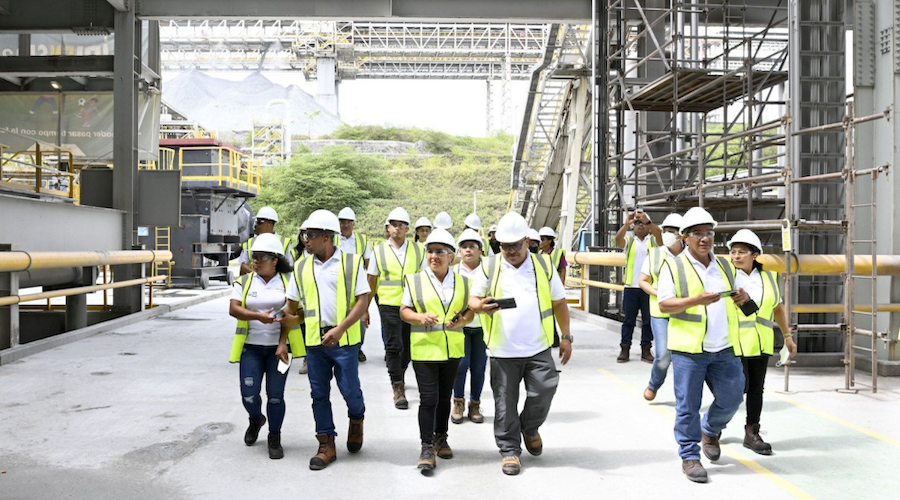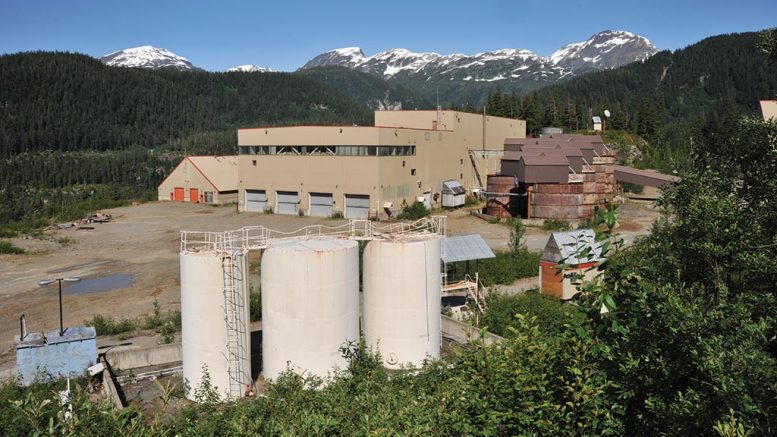Blog: Setting up your maintenance software for success
With a proper CMMS system in place, it is possible to see dramatic improvements in maintenance planning and plant performance. Others however, with a similar tool, fail to realize the gains they anticipated. The real key to the successful implementation of a CMMS can be found by closely assessing two important factors.
A Computerized Maintenance Management System (CMMS), a standard software used within the mining and aggregates industries, has sometimes been described as a sole solution to managing maintenance activities across sites. A CMMS combines spare parts inventory, maintenance planning, maintenance resources allocation and reporting into a unified maintenance strategy. With a proper CMMS system in place, it is possible to see dramatic improvements in maintenance planning and plant performance. Others however, with a similar tool, fail to realize the gains they anticipated. After a recent successful rollout, one of our customers has seen significant results.
- +23% increase in production throughput
- +37% improvement in preventative maintenance compliance
- +12% more equipment availability
These are results worth examining in more detail. When looking at your own maintenance scheduling process, it is important to ask questions such as what is the problem with my current maintenance solution and what is it missing? What should I consider in order to achieve similar improvements? The real key to the successful implementation of a CMMS can be found by closely assessing the two factors described below.
Truly understanding what you need out of your maintenance system
Before you can pinpoint what you need out of a maintenance system, it is important to differentiate between planning and scheduling. Planning is what you need in terms of resources for your maintenance activities. Scheduling on the other hand, is when your maintenance tasks need to be performed. More often than not, people confuse the two, making it difficult to successfully structure a maintenance system.
The next step is to determine the tasks you expect your CMMS to carry out. For example:
- Are there any processes that need to be optimized?
- Do you need more control of your inventory and parts replacements?
- How will you use the information in the tool to your advantage?
- What type of decisions will you be making?
- What type of information is required to do so?
If these questions are unanswered, it will be difficult for your CMMS partner to provide the best solution for your plant(s). By clarifying these details with your team before hand, you can save costly and timely consulting hours spent with your vendor.
Finding the right partner with industry expertise
It may seem obvious that there should be a good fit with your solution provider. This is true but what do we mean by fit? Beyond having common values and goals, it is imperative that your partner’s experience matches your operations. Many vendors have expertise in IT and know the system inside and out. However, in order to tailor your CMMS to your needs, your partner will need to have experience beyond the technological makeup of the system. They will need to have process and mine operation experience.
Here is an example of a typical problem that occurs with maintenance systems set up by suppliers who lack industry expertise. Problems can be found within the setup and organization of the system:
A recent customer wanted to know which piece of equipment was incurring the highest maintenance costs. This would help determine which machines needed upgrading. After consulting their CMMS system, the conclusion given was “Quarry”. This generic answer was not helpful to the client to make the right decision. It was referring to a part of the process (or a parent category) instead of a specific machine or component.
Because you want to make decisions based on accurate data, the process drill down is critical to ensure proper distribution and recording of information. By working with a partner who has maintenance expertise, your CMMS will be customized with maintenance intelligence. An OEM will ensure proper configuration of the CMMS, avoiding problems similar to the example mentioned above. Information such as trending, cost allocation, maintenance optimization and maintenance engineering will be at your fingertips and not within external programs such as Microsoft Excel which are not suitable for maintenance activities.
Metso offers the Metso Maintenance Solution (MMS) within Life Cycle Services contracts to get you on the right track for maintenance and inventory planning and scheduling. See how our tool has helped our client manage their 25+ production facilities with significant cost reductions and operational capital improvement.
More News
{{ commodity.name }}
{{ post.title }}
{{ post.date }}




Comments